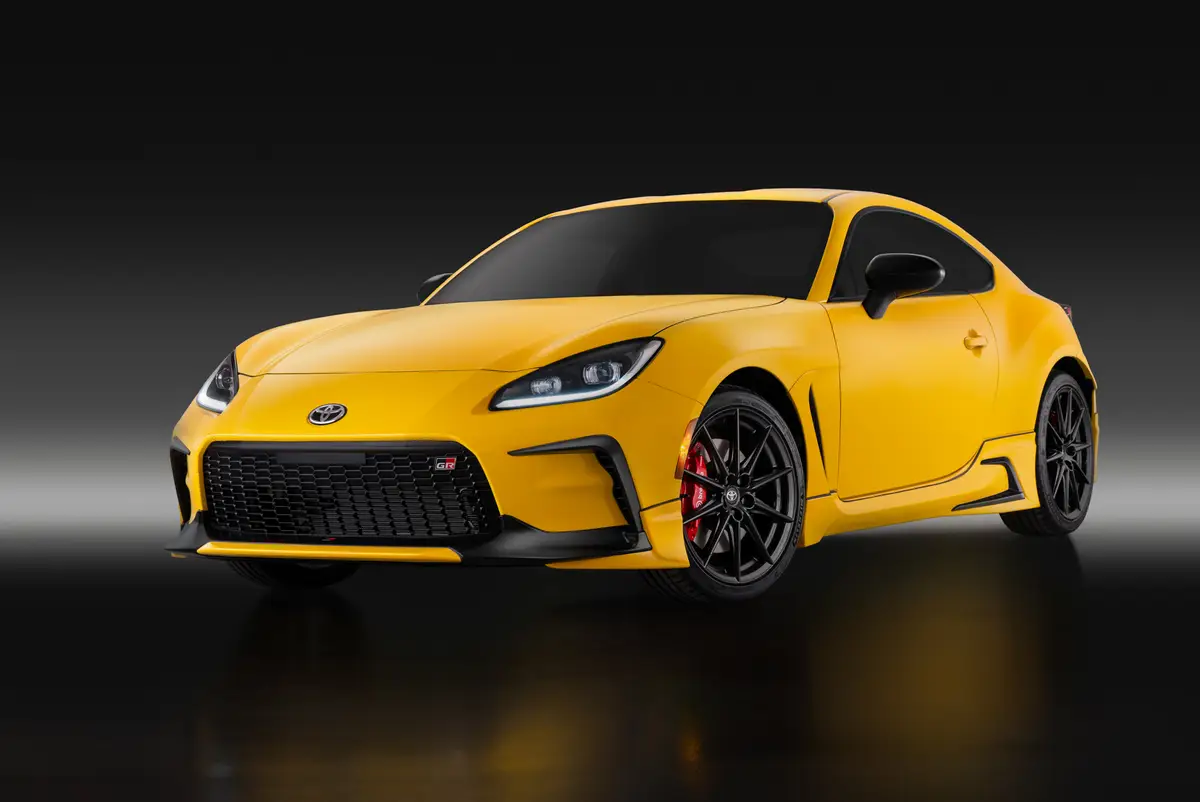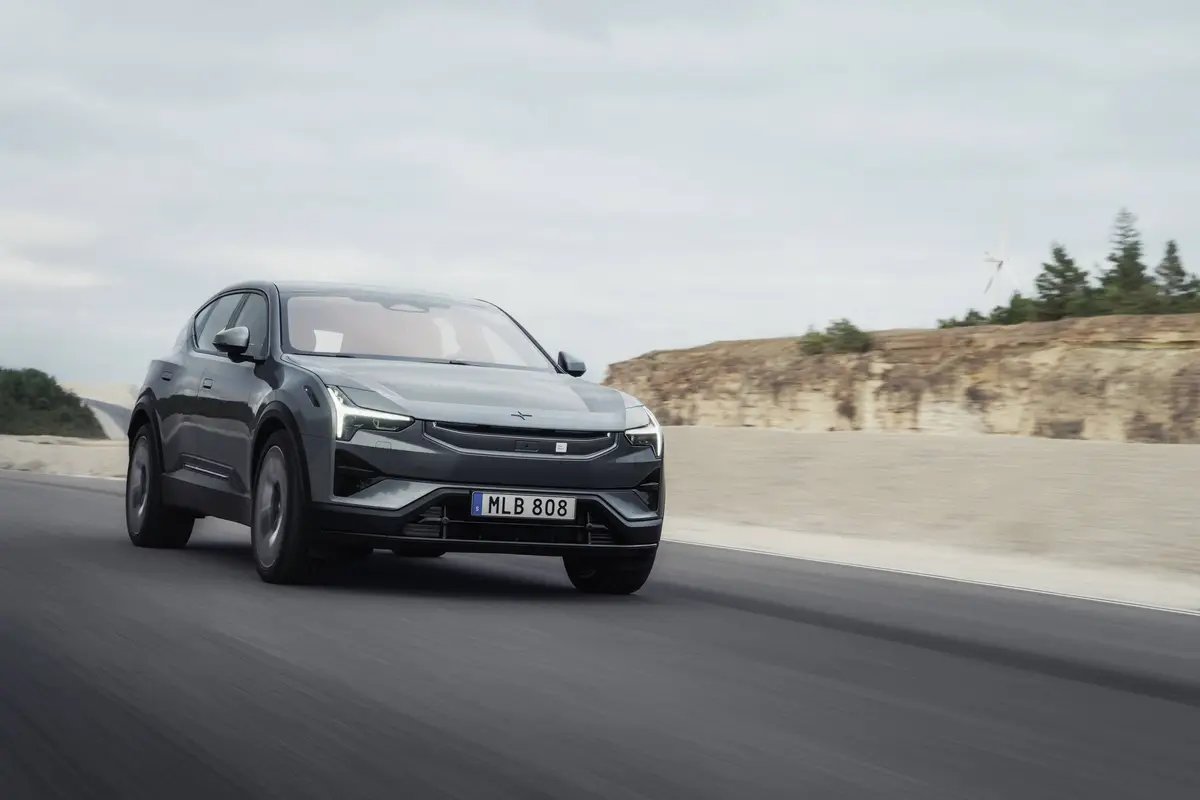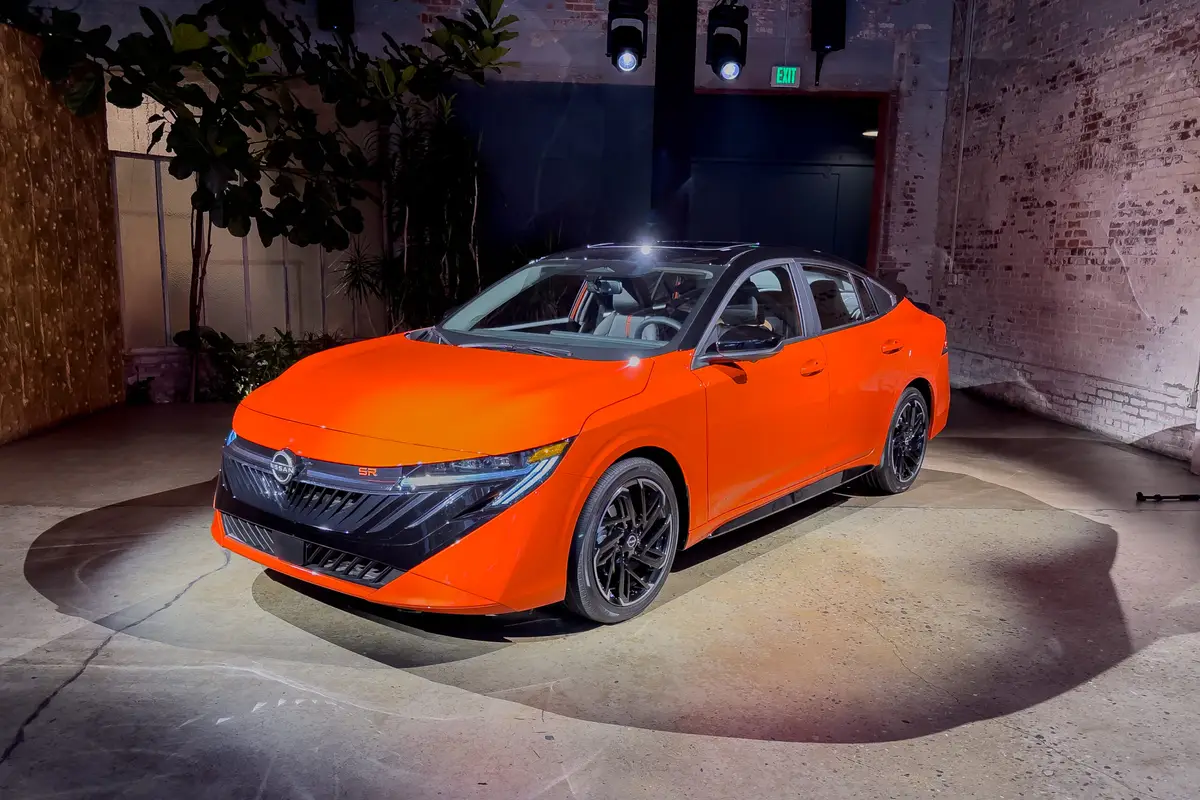Boston.com's view
I like to call my local off-road venue The Road That Ate My Hummer. It’s a granite-shanked, gravel-grabbing, mud-sucking trail that ends in a bog. But here I am, back out there, behind the wheel of a 2007 Toyota FJ Cruiser, the reborn version of the boxy Land Cruiser.
We go back a long way — I bought my first Toyota Land Cruiser 33 years ago. It was a red-bodied, white-topped box with a long-stroke truck engine and rear seats that faced each other. I climbed to forbidden feldspar mines, crawled down roads that were not really roads in 2 feet of snow on the back slopes of western New Hampshire hills, and got to work at a great little newspaper, the Claremont Daily Eagle, commuting over hills and through hollows on days when most cars would never have managed. All for $89 per week.
So there was a certain comfort in climbing back aboard the white-topped box with its familiar shape, slab-side doors, and rear windows that wrap around back corners like a pair of cool Ray-Bans.
But park this beside my 33-year-old memory, and it’s bigger, rounder, and has far more power — a 4.0-liter V-6 with 239 horsepower and 278 lb.-ft. of trailer-tugging, stump-pulling torque. (I cleared the land for my hippie shack by pulling stumps with my old one). Transmissions include a six-speed manual or five-speed automatic.
Toyota didn’t get fancy when it built the FJ Cruiser. It could have gone for a rugged look outside and opted to fill the interior with queasy Hamptons/Nantucket guts. Instead, it went rugged all the way — inside and out.
Which means it’s not a car you’d buy for everyday long commutes.
First, it uses too much gas for that purpose: 16.9 miles per gallon in Globe testing.
But if you can afford to run to and fro on the daily work commute in a small car (Honda Fit? Toyota Yaris?) and leave your weekend work/slog/frolic car at home, then this is perfect.
Make no mistake: It is a true off-road challenger. That’s notable, because so many of these boxes were never meant to go where rocks jut, mud sucks, water sluices, and stumps serenade with tire-popping danger.
This vehicle is meant to go to those places. That puts it in a class with Land Rovers, Jeeps, Volkswagen Touaregs, and Porsche Cayennes (I know, these last two surprise you, but trust me).
And at just under $30,000, as tested, it will get you there far cheaper than some of the above.
From the outside, it is, as I said, ’70s cruiser, unless you put an old one beside it and see by comparison the new size and roundness.
From the inside, there’s a slab windshield in front of you, and small slab — and then curved — windows leading back to a slit of a rear window. It is, frankly, Hummer H3-ish.
The interior, wide and seemingly Spartan, is actually full of convenient knobs, slides, and buttons. Electronic wizardry meets sensible.
Interior features include sound, climate, and running gear controls so accessible you can use them with gloves on. The driver’s seat can be moved into eight positions (and four for the front passenger’s seat). There is more than ample space fore and aft, so five people can ride comfortably, if a bit upright in the rear. Fold the back seats flat and you have a virtual pickup truck bed for hauling weekend project cargo, from manure bags to lumber.
Three wiper blades swipe a rapid swath over the broad, flat windshield, and in May’s rains, that was appreciated.
But I wondered about safety, considering where this SUV would go — in fierce rains such as the deluge during which I took my daughter to college, off-road play, or New England winter stomps through the snow.
Here’s what I found: Front rear-side curtain air bags are optional. Fortunately, electronic stability control and antilock brake system are standard, meaning it’s less likely you’ll need the optional safety equipment.
A car for the far-flung commuter? Certainly not.
But a vehicle with a purpose, place, and promise of fun? Absolutely.
THE BASICS
Base price/as tested: $23,300/$29,908
Fuel economy: 16.9 miles per gallon in Globe testing
Annual fuel cost: $2,578 (at $3.351 per gallon, premium, 13,000 miles per year)
THE SPECIFICS
Drivetrain: all-wheel or rear-wheel drive
Seating: five occupants
Horsepower: 239
Torque: 278 lb.-ft.
Overall length: 183.9 inches
Wheelbase: 105.9 inches
Height: 71.6 inches
Width: 74.6 inches
Curb weight: 4,295 pounds
THE SKINNY
Nice touch: The white top brings me back decades. Distinctive, a break-the-pattern trend for normally careful and cautious Toyota.
Annoyance: I’m sure it makes for a sturdier roof in a rollover, but the massive bulk that allows only for slits of windows behind the front seat means you better know how to use the rearview mirrors.
Watch for: Toyota to do something else interesting. Maybe a real sports car?
Latest news



